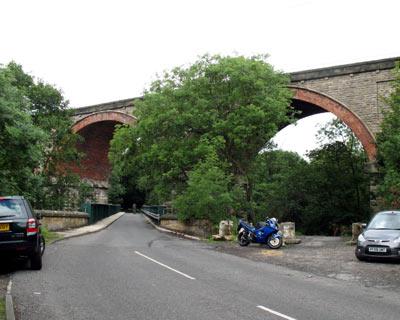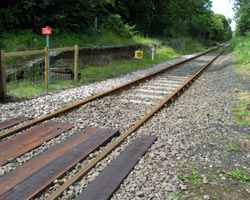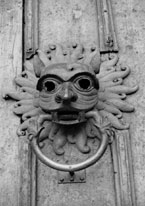
BISHOP AUCKLAND TO FROSTERLEY

"The Wear valley was a magnet to the early railways because of the rich mineral deposits and two lines gained access - the Stockton and Darlington (as the Wear Valley Railway) in 1847, and the Stanhope and Tyne Railroad 13 years earlier, in 1834. The Wear Valley line ran up the valley from Wear Valley junction, and the line was eventually extended to Stanhope in 1862, and to Wearhead in 1895."
North Eastern Branch Lines Since 1925. Kevin Hoole. 1978.
From Bishop Auckland the river passes west through a rural landscape with many loops to Witton-le-Wear before it turns north once more to reach Wolsingham, an old town situated in a steep-sided valley. Finally comes Frosterley village, a few miles futher west. The railway closely follows the river for most of its length from Wear Valley junction near Witton-le-Wear, and trains still run up the line from Bishop Auckland to Frosterley and beyond.
The valley begins to narrow at Wolsingham and there are many bridges on this stretch including a big railway viaduct and a very isolated footbridge. The fordable Wear once had many fords along this stretch of river.
- Witton Park Viaduct - 1854
- Witton Park Bridge - 1904
- Witton Bridge - 18th century
- Witton A68 Bridge - 1969
- Harperley Footbridge - 1990
- Wolsingham Railway Bridge - 1847
- Wolsingham Bridge - 1894
- The New Bridge, Holebeck Mill - 1990s
- Broadwood Quarry Bridge - 1970s
- Broadwood Railway Bridge - 19th century
- Kenneth's Footbridge - not known
- Frosterley Bridge - 1814

